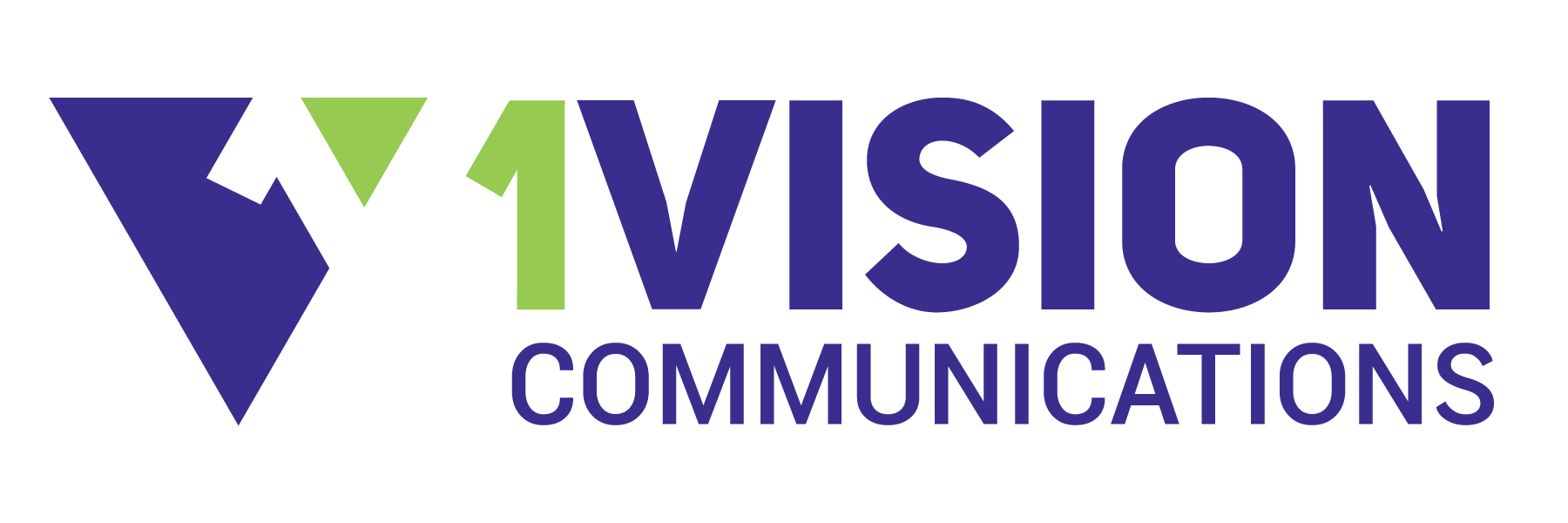Chasing Two Rabbits
Don’t you love pithy sayings: packed with wisdom, insight and power with the bare minimum of words? Just so you know that Facebook isn’t the only place they surface these days, I am making one the focus of today’s edition. (ha)
The more I think about it, these axioms resemble the morals at the end of each Aesop’s Fable. You remember those? There was a short back-story that described a crow and a pitcher, or a tortoise and a hare. Maybe I should make up something for this one...
A man chasing two r abbits catches neither.
The meaning of this is not particularly obscure. It doesn’t even go too deep. It’s simple and direct. An academic today might rewrite it
like this... your likelihood of success decreases with the number of tasks in which you are engaged. Jack Palance’s character in ‘City Slickers’ held up his index finger and implored Billy Crystal to “find your one thing.”
This all applies to advertising, marketing, and communication! Remember the two rabbits when you produce the following:
An Email
The temptation is to tell them everything you want the reader to know – and all in the first paragraph! Resist that. Ultimately, you want one action after reading your words – what is it? This applies to subject lines as well.
Your Mission Statement
I am not saying a multi-prong mission won’t co n n ect, but it is strong evidence that a laser-focused statement keeps staff on track, energizes donors, and governs everyone’s daily tasks. Read Charity Water’s "Bringing Clean and Safe Drinking Water to People in Developing Nations."
An Advertisement
While I don’t mind including a social media icon in an ad, wouldn’t you get more results if you ran an entire ad devoted to the many and specific benefits of being a friend, follower or fan?
A Blog
Blogging, by its nature, seems to be a stream-of-consciousness exercise. As humans, our thoughts are scattered and non-sequential... unless I am hanging around a strange set of people. The best blogs are very specific in their teaching, so that each story and thought reinforces the point.
A Sermon
Can I get an “Amen”!
P.S. Send me a favorite saying you like.



